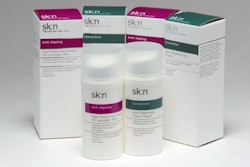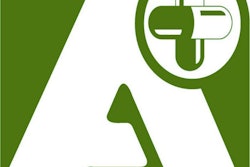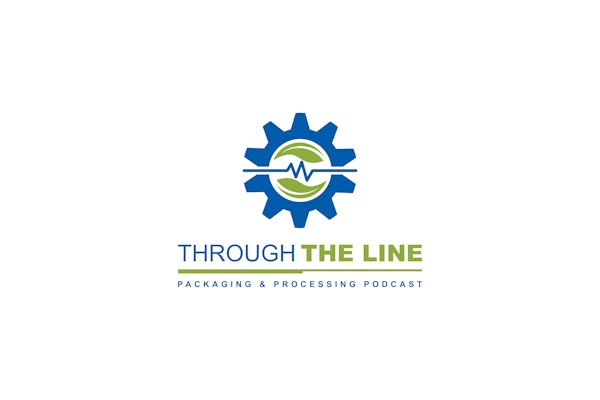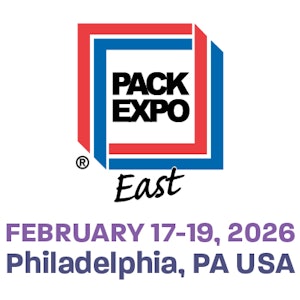1. Outsourcing versus in-house. You don’t have to install a production line for every new product, particularly if the longevity of that product is far from clear. Ask whether someone else—a contract packager—can do this project better, or cheaper, than you, saving you the capital investment. Other considerations are whether the launch window is extremely tight, or whether this project makes the best use of existing plant space that might be better used for another project.
2. Flexibility of equipment for other applications. Don’t assume you’re developing requirements just for this particular package. Marketing may come knocking a year later with a request to go to a different package size. All of your assumptions in the beginning are no longer valid and suddenly, your equipment has limited capabilities. You’ll be faulted because you didn’t think about what’s coming next.
3. Don’t just replicate what you’ve done before. Doing so may be easier, more comfortable, and less risky, but you won’t be exposing yourself to new technologies and new vendors that may give your package and operation significant cost and time-to-shelf advantages.
4. Determining speed requirements. This really breaks down into multiple components: throughput (nominal, jog, surge) as well as the conveyor speed through the labeling area. Devise two speed requirements: the speed required to produce enough product for the initial launch, as well as the speed required for ongoing production. Make sure the speed the labeler will run at day in and day out will be 15% to 20% lower than the maximum speed of the equipment to avoid extra wear and tear. Also, build in excess capacity (15% is a rule of thumb) for future growth.
5. Put cost in proper perspective. When initially canvassing vendors, don’t eliminate a machine right away based on cost before you’ve done a true apples-to-apples comparison. One manufacturer’s price may include more options relative to the other manufacturers. Also, don’t automatically choose the lowest-cost machine, because you may pay an additional price later on in reliability.
6. Follow-up training. It’s common to train operators and mechanics when the equipment is installed. But it’s critical to schedule follow-up training, either to reinforce certain things after the equipment has been running for a time or to address issues that have cropped up. Be sure to specify this follow-up training as part of your requirements.
7. Spare parts strategy. Make sure to identify common wear parts and stock them in-house. Examine wear components for continuous improvement programs. For labeling machines, that typically means including belts, sensors, and air cylinders.
The author, David Hoenig, worked for Revlon for 35 years, most recently as VP Manufacturing and Engineering Synergy Worldwide.
2. Flexibility of equipment for other applications. 3. Don’t just replicate what you’ve done before. 4. Determining speed requirements. 5. Put cost in proper perspective. 6. Follow-up training.7. Spare parts strategy. The author, David Hoenig, worked for Revlon for 35 years, most recently as VP Manufacturing and Engineering Synergy Worldwide.




















